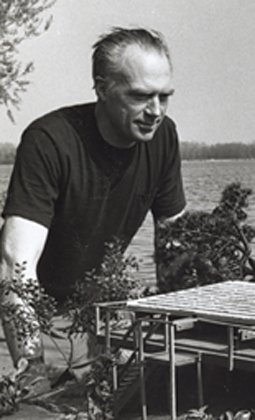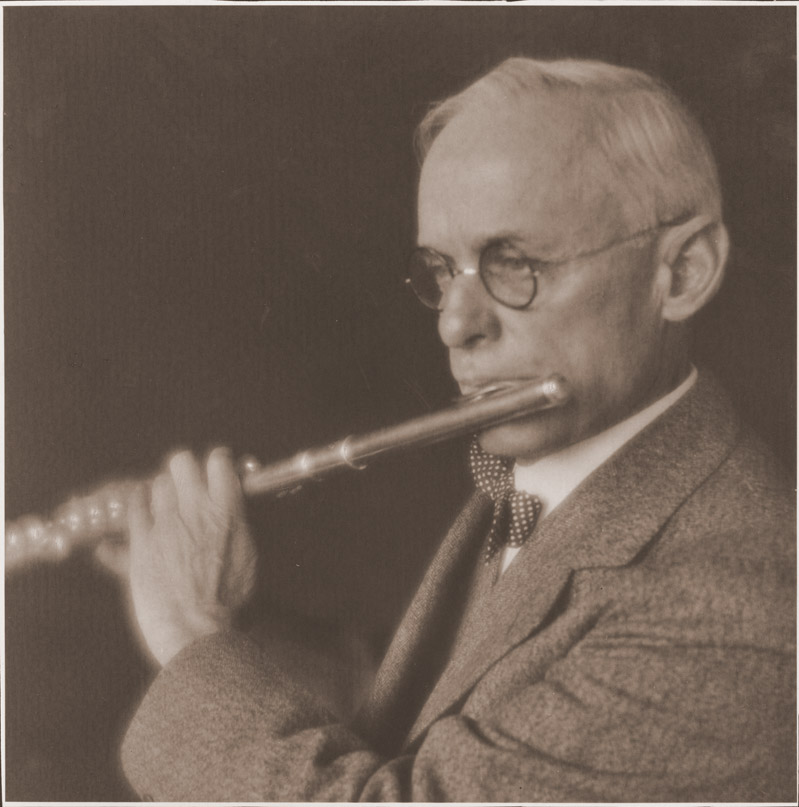Julius Gy Fabos Papers

Temporarily stored offsite; contact SCUA to request materials from this collection.
Born on a farm in Hungary in 1932, the landscape architect Julius Fabos survived the Second World War and the onset of Stalinism before escaping to America during the Revolution of 1956. Able to resume his studies, Fabos received his BS in plant science from Rutgers (1961) and MLA from Harvard (1964), joining the faculty at UMass Amherst shortly thereafter while continuing toward a doctorate in Resource Planning and Conservation at the University of Michigan (1973). A charismatic teacher and prolific writer, Fabos is noted internationally for his work on landscape assessment and planning and greenways. In the early 1970s, he helped establish the METLAND (Metropolitan Landscape Planning) interdisciplinary research group, which pioneered the use of GIS technology in landscape planning. Fabos has received numerous honors in his career, including recognition as a Fellow of American Society of Landscape Architects (1985), as a Medalist for the ASLA (1997), and recipient of an honorary degree from the Hungarian University of Horticulture. Fabos retired in 1997.
The Fabos papers contain a record of a distinguished career in landscape architecture, including Fabos’ numerous publications, grey literature, conference materials, notes, and selected correspondence.




